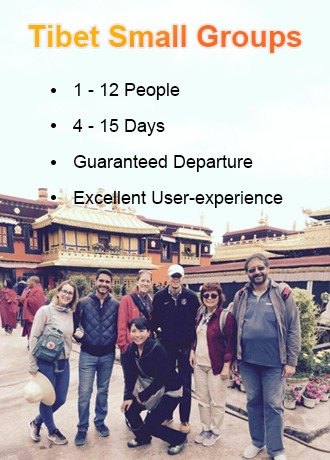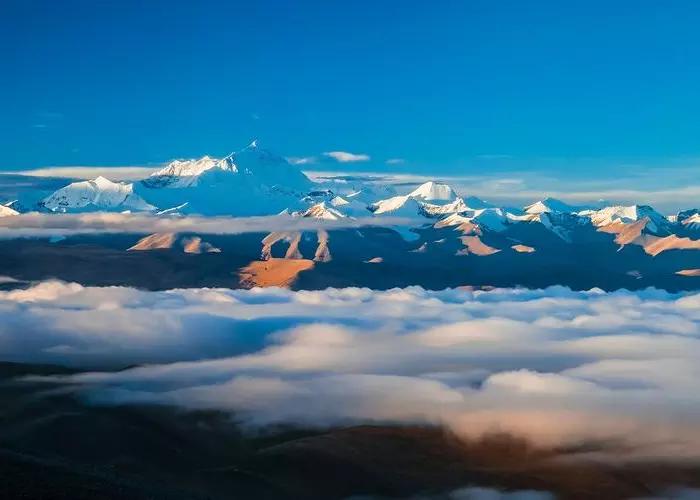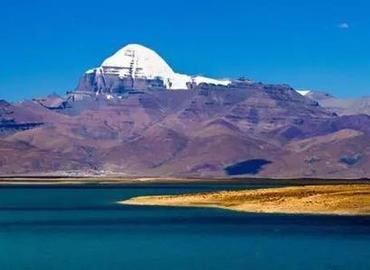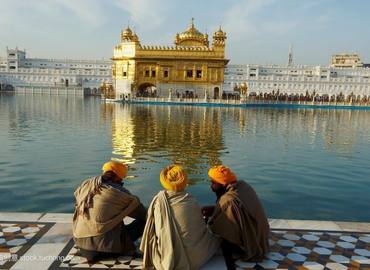Tibetan Momo
- Catherine
- Last Updated : 12/19/2025
Tibetan momo is a kind of filled dumplings in Tibetan style, which is also called "mog mog" in Tibetan. It is deeply loved by the Tibetan people. The size and shape of Tibetan momo are like walnut, with swirls on the top. They look neat and beautiful. They're a bit similar to dumplings in northern China, but the taste is different. Momo is a popular food in Tibet, Nepal and India. According to the description of the Nepalese, the "momo" food was gradually spread to the southern foothills of the Himalayas through Tibet in China. Momo is actually the name for steamed buns in the dialect of Northwest China.
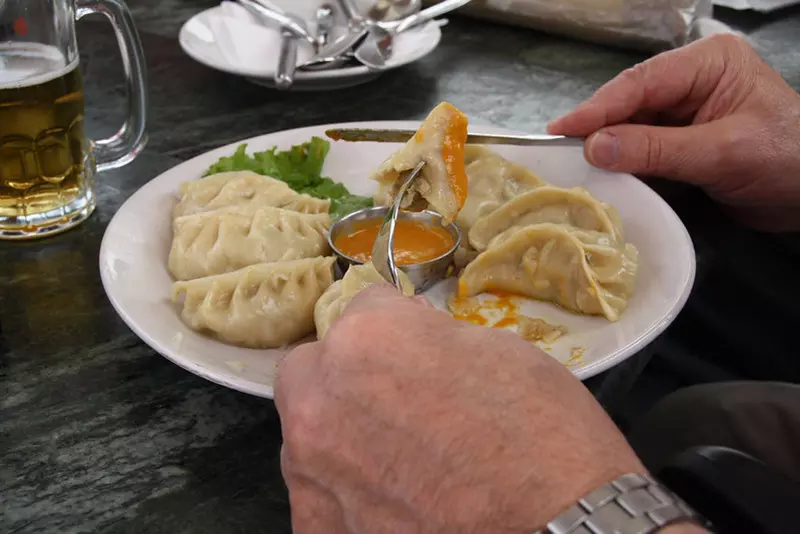
How to Make Tibetan Momo?
The recipe for Tibetan momo is easy. The fillings are mainly made of mutton, white radish, and chopped green onions. In addition to mutton filling, it can also be beef filling or other meat, and you can choose according to your personal preference. The shape of Tibetan momo resembles a little mouse so it's called "mouse dumplings" by locals. During the festivals and holidays, every Tibetan family would make Tibetan momo filled with mutton meat to entertain relatives and friends. It has become a unique Tibetan cuisine and popular second only to the Boiled Mutton dish. The special method of shaping Tibetan dumplings allows the dumpling skin to contain the filling to the maximum extent, which reflects the wisdom of Tibetans.
1. Prepare the Fillings
There are two types of momo dumpling fillings. One is pure meat stuffing. You can choose an appropriate amount of fresh mutton, mutton oil, and green onions, chop them into the stuffing, add salt, pepper powder, ginger powder, pour a small amount of soy sauce, rapeseed oil, and ice water, stir well, and set aside. Here's a detailed list of fillings.
- Mutton/beef (500g)
- Onions(250g)
- Eggs(2)
- Minced ginger and green onion(50g each)
- Szechuan pepper(5g), refined salt(5g), pepper(3g)
- sesame oil(25g), peanut oil(25g)
- Cooking wine(15g), soy sauce(20g)
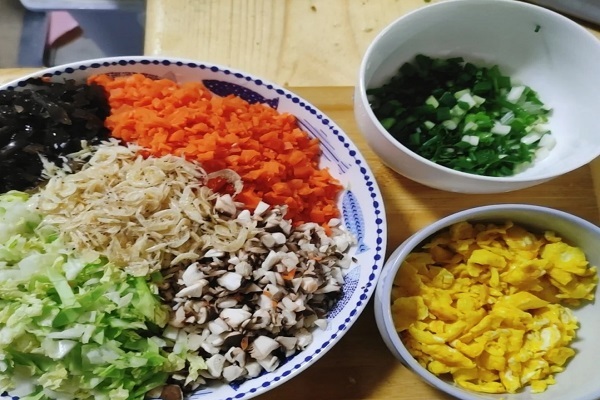
The other is mutton and radish stuffing, just adding the right amount of chopped radish to the meat stuffing, according to your personal taste. The radish should be first cooked in boiling water to remove the fishy smell, drain the water, mix well with the mutton stuffing, seasoning, and set aside.
2. Make the Dough
This step is to make dumpling skin. Mix an appropriate amount of flour with water and form a dough. Cover the dough with a clean damp cloth and leave it for about half an hour to make the dough more vigorous. Then knead the dough fully to form a strip, cut it horizontally with a knife to make a small dough, and use a rolling pin to make each small dough into a thin dumpling skin, with thin edges and a thick middle.
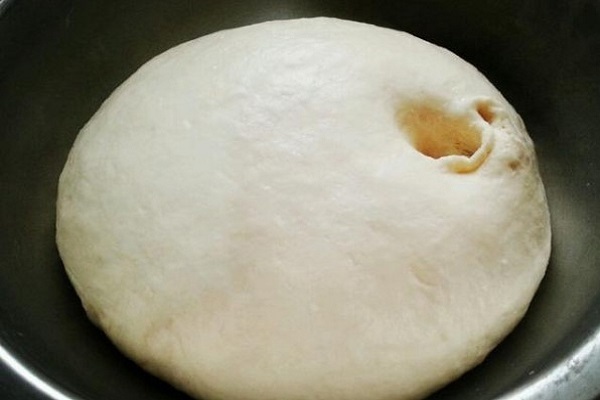
3. Stuff and Shape
Put an appropriate amount of filling on the dumpling skin, then fold it in half. From one end, gradually pinch the dumpling skins on both sides to form lines. When pinching to the other end, pinch the remaining dumpling skins into a pointed shape. In this way, the Tibetan dumpling is made. Use the same method to pinch all the fillings and skins. Remember to evenly sprinkle dry flour on the tray first to prevent dumplings from sticking to the tray.
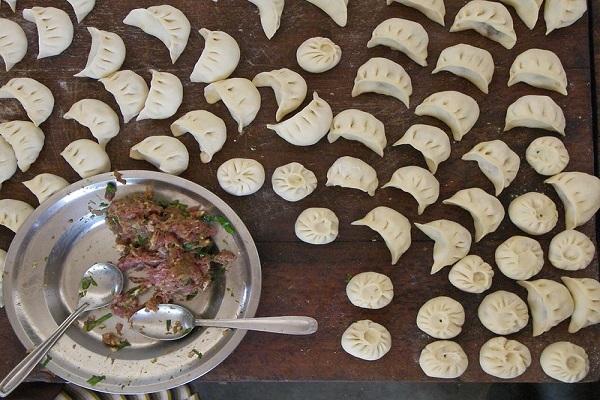
4. Cook the Momo Dumplings
There are two ways to cook dumplings. One is to cook them in boiling water. When you see the dumplings expand and then retract and form a concave shape on the surface, it means that the dumplings are cooked. The other is to cook Tibetan momo dumplings in mutton soup. If you have mutton soup at home or have just cooked mutton, you can put the dumplings in the mutton soup and cook them. This way, the cooked dumplings will be more delicious.
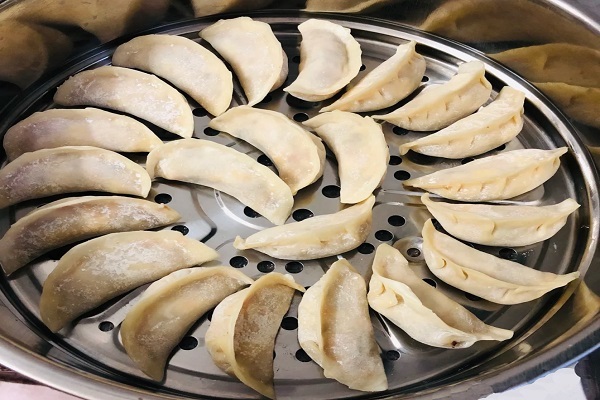
5. Enjoy Momo
Momo in Tibet can not only be boiled but also be steamed or deep-fried to eat. It tastes fragrant but not greasy, and the meat filling is refreshing. Here is a reminder that when eating momo, you must first bite the skin then absorb the oil and soup inside. This will not only prevent you from getting burned but also let you taste the exquisite fragrance and delicious soup. It couldn't be better if Tibetan momo is served with the special Tibetan pepper "Madu"!
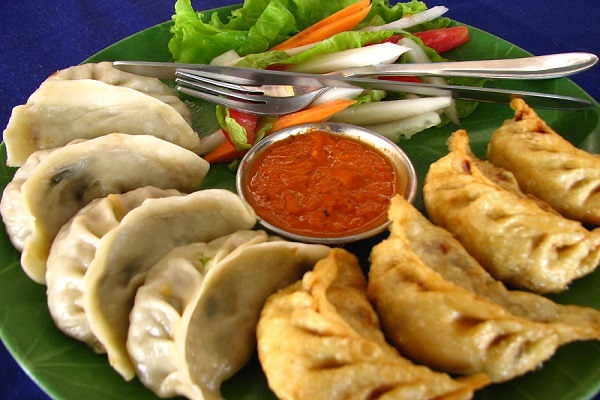
What's the difference between Tibetan Momo and Nepali Momo?
When talking about Tibetan momo, it's inevitable to mention Nepali momo as there's much in common. There are three forms of "momo" in Nepal. One is like steamed buns and the other is like dumplings. Both are called "moon". The third is like open dumplings, which is called "open momo" locally. This most representative Nepali snack on the streets is very alike Tibetan momo, in terms of appearance and taste.
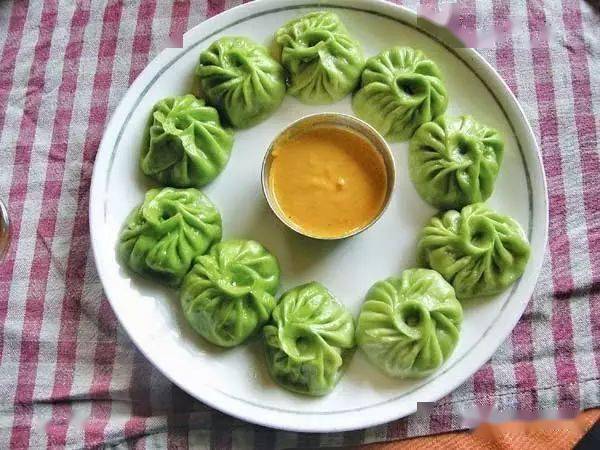
Some researchers believe that momo, a characteristic dumpling, is a special snack introduced from Tibet to Nepal and improved by the locals. However, Nepalese momo has more variety than Tibetan momo and even has a variety of exotic flavors such as chocolate and marsala. Now it has spread throughout South Asia and is widely welcomed by all people.
Email response within 0.5~24 hours.


